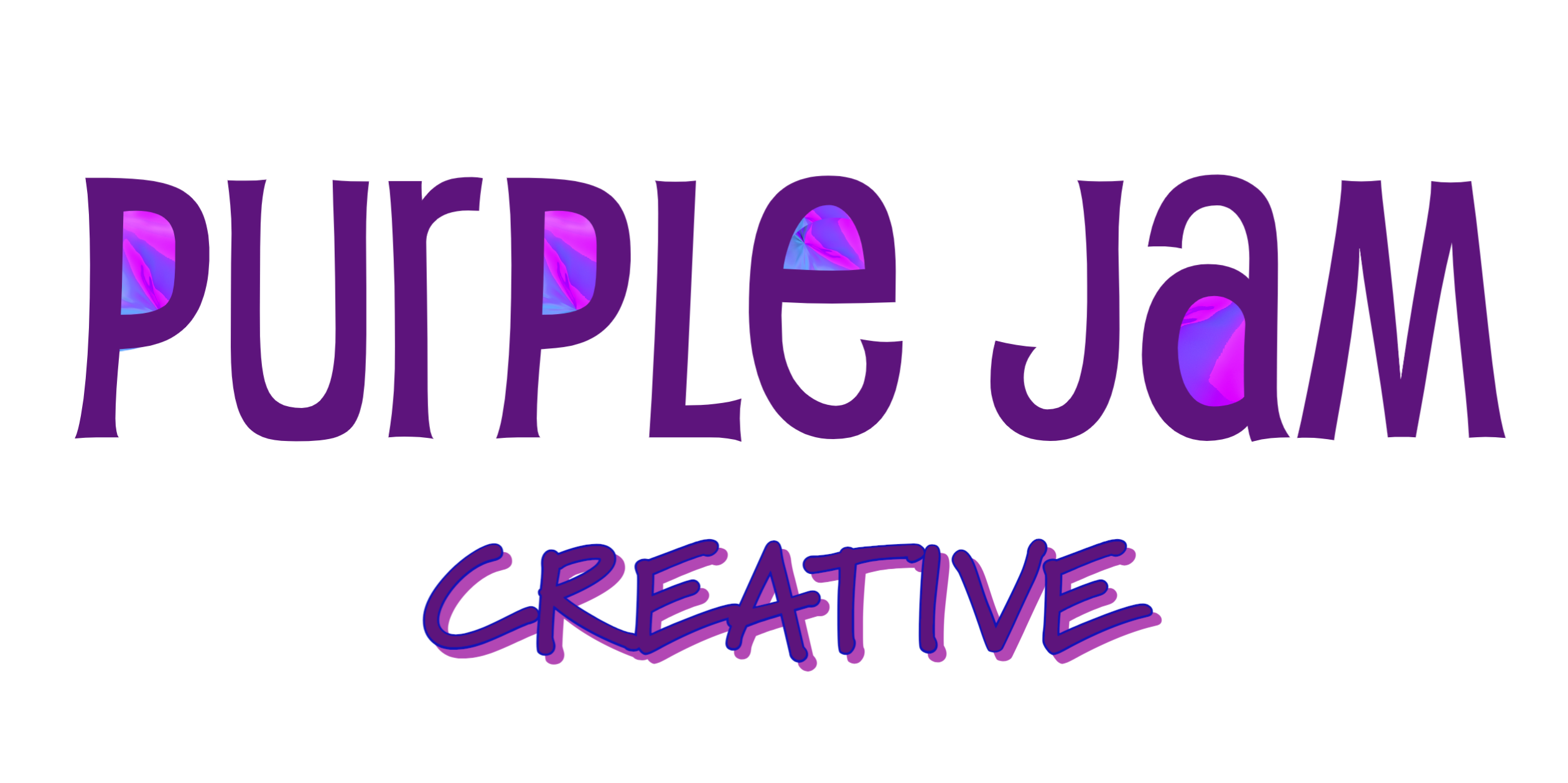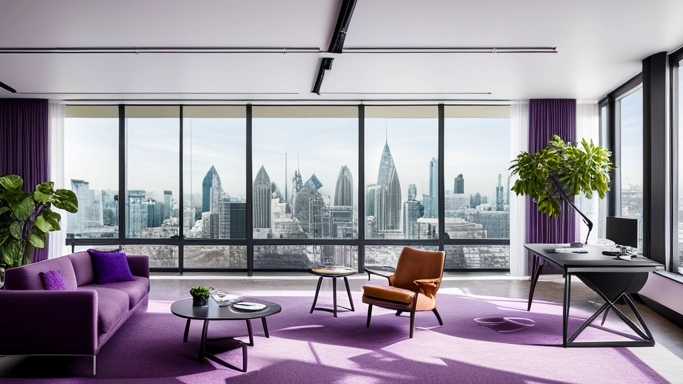Essentials of Web Design: Beyond Aesthetics
Building a website that’s user-friendly with smart web design choices is the key to keeping visitors engaged and increasing your conversion rates. Here are some key factors to consider when designing a user-friendly website.
Simplify Navigation for User Friendly Web Design
Navigation is a critical part of web design that directly affects the user experience. Your site’s navigation should be straightforward and intuitive, making it easy for visitors to find the information they need. Include a navigation bar at the top of your pages, keep menu items to a minimum, and ensure each link is clear and descriptive.
Prioritise Website Readability
Readability refers to how easy it is to read and comprehend the text on your site. Use clear, simple language and break up text with subheadings, bullet points, and images to improve readability. The font size and type should also be easy to read, and there should be sufficient contrast between the text and background.
Optimise Websites for Mobile
With more than half of global internet traffic coming from mobile devices, it’s essential to ensure your website is mobile-friendly. Responsive design ensures your site looks good and functions well on all devices. This means your site’s layout adjusts according to the screen size of the device it’s being viewed on.
Improve Load Speed
Site speed is another crucial aspect of user-friendly web design. Internet users typically have short attention spans and won’t wait around for slow-loading sites. Compress your images, use browser caching, and minify your HTML, CSS, and JavaScript to speed up your load times.
Incorporate Clear Calls-to-Action
Calls-to-action (CTAs) guide your visitors to take the action you want them to, whether that’s making a purchase, filling out a form, or signing up for a newsletter. Make your CTAs clear, compelling, and easy to find to increase your conversion rates.
Ensure Accessibility In Web Design
Web accessibility ensures your website can be used by all people, regardless of their abilities or disabilities. This involves using alt text for images, providing captions for videos, ensuring your site can be navigated with a keyboard, and using clear, simple language.
Use Consistent Web Design Elements
Consistency in web design helps create a cohesive, professional look and feel. This includes using consistent fonts, colours, and styles across all pages. Consistent design also helps users understand how to interact with your site.
In summary, creating a user-friendly web design involves careful planning and design choices. By focusing on these areas, you can create a site that’s easy to use, visually appealing, and successful in achieving your business goals.
Find out more in our recent article: Build a Website: Key Steps for a Strong Digital Presence
References:




